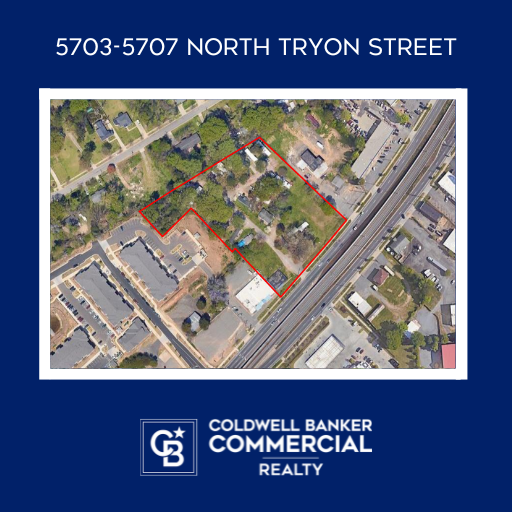Should Amazon be the Benchmark for CRE?

By now, everyone has had a chance to digest the impact of Amazon’s purchase of Whole Foods and the introduction of their AmazonGo and AmazonFresh grocery innovations. Yet Amazon’s effect on CRE goes beyond these changes.
The company is using technology to change the experience of online/in-store shopping. As these changes continue to impact so many parts of CRE, should Amazon be the benchmark for CRE or are we missing opportunities because we’re laser focused on the “big fish”?
Amazon’s Effect on Logistics for CRE
The biggest impact thus far that Amazon has had on CRE is logistical. Amazon has set the bar high for how to move product on-demand from anywhere on the globe to the customer’s front door. To do that, it takes a lot of logistical prowess along distribution channels. That is having an impact on the types of CRE assets that are in high demand.
Previously unused spaces are being turned into massive warehouses and distribution centers to help move product from region to region. Now, smaller assets closer to the city are becoming integral parts of the supply chain, making these once secondary and tertiary markets places to find prime CRE assets. Traditional brick-and-mortar is being forced to provide the same type of fast on-demand delivery leading to even more investments in down chain supply channels.
Amazon’s Effect on Retail Space for CRE
Wal-Mart basically eliminated many local mom and pop shops over the last two decades, causing many specialty stores and other one-stop shops to close. Similarly, Amazon’s ability to offer customers practically any item that they can think of delivered to their front door in two days or less has resulted in dwindling foot traffic to traditional brick-and-mortar.
For CRE, it is causing business owners to rethink how their retail space is being used. To attract foot traffic back to their physical assets, building owners and landlords are looking to fill those unused retail spaces with specialty shops and other innovations.
Amazon’s Effect on the In-Store Shopping Experience
Amazon isn’t the only online retailer getting into traditional brick-and-mortar. With this change brings a blend of online and in-store shopping experiences where customers don’t need cash or credit cards to make a purchase; where payments can be made by swiping a Smartphone and orders can be made online and picked up in-store the same day.
Just like customers have grown accustomed to faster on-demand delivery, expect these types of cashless innovations to have the same effect on consumers. For traditional CRE, new assets will have to be able to provide some of those same technological efficiencies in order to attract customers to their stores.
Don’t Miss New Opportunities for Traditional CRE
With all of that said, there are still things that traditional CRE can provide to consumers that Amazon simply cannot. That is where the focus on the big fish may be causing CRE pros to miss new opportunities.
Last November, our retail consumer survey revealed that while the majority of millennials do their shopping online, they actually want to shop in person, and that consumers want to have a “memorable” experience when shopping in-store. Some of the experiences that respondents said would draw them to brick-and-mortar include:
- Free samples
- Product demonstrations
- Holiday-themed events
- In-store classes
- Artistic shows and displays
- Celebrity appearances
- Book signings
Consumers are also returning to a number of flagship stores that are offering experiential shopping like lounges at clothing stores or champagne tastings at bridal shops. Experiential shopping is helpful not just for bringing in foot traffic but can also help sell goods. Hobby stores are offering on-site arts and crafts and cooking supply stores can offer cooking classes to help sell pots, pans, and appliances.
Turning shopping centers into lifestyle centers or using part of the parking lot to hold concerts or holiday events are some of the opportunities that may be missed chasing after Amazon. Still, where CRE should view Amazon as a benchmark is the ways in which they are harnessing technology to eliminate the need for cash and cashiers by using mobile payment systems.
Written by Nicole Brzyski for Coldwell Banker Commercial Affiliates
A Trusted Guide in Commercial Real Estate
Coldwell Banker Commercial® provides Commercial Real Estate Services from Property Sales and Leases, to Property Management. Learn how our expansive network of Independently Owned and Operated Affiliates and Real Estate Professionals use their in-depth knowledge of the local market and industry trends to help businesses and investors navigate the complexities of the commercial real estate landscape.






